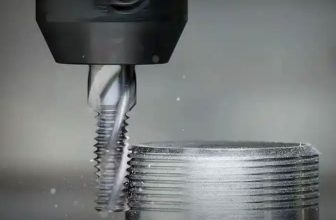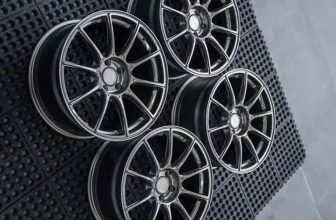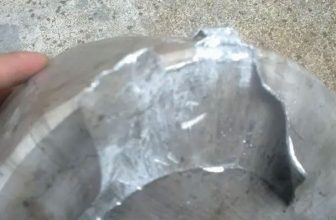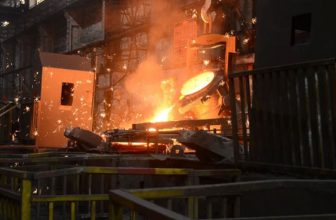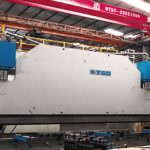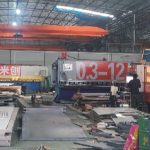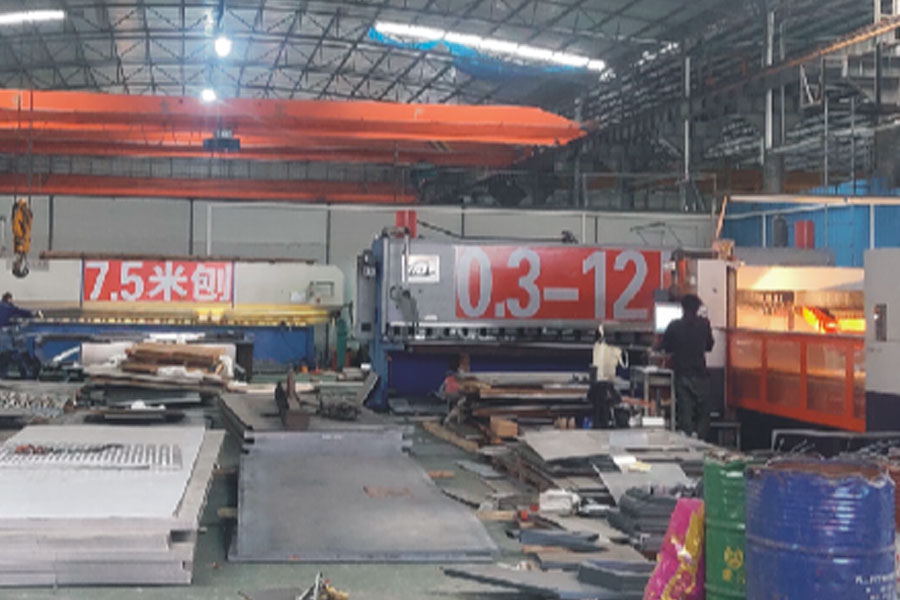
The forging process has the characteristics of high material utilization rate, good labor conditions, easy to realize mechanization and automation, high production efficiency, low investment and low cost. In the production of connecting rod die forging, the roll forging process is mainly used for billet making, to reasonably distribute the metal volume, and make it reasonably match with the pre-forging and final forging die bores of the connecting rod die forging.
Die forging plays an important role in ensuring the quality of connecting rod forgings. In the process design of roll forging billets, in addition to improving the material utilization rate as much as possible, more attention should be paid to the design and calculation of roll forging process and die. The main purpose is to ensure that the connecting rod blank cannot be folded during each roll forging process, especially the rod section of the connecting rod.
Common problems in the process of connecting rod roll forging blanks are: first, the rod is folded; second, the transition between the rod and the small head appears in the shape of a plum petal; third, the bite points of each roll forging are uneven, which affects the roll forging blank. The overall length dimension creates a mismatch with the die forging die. Due to the above-mentioned problems in the roll forging process, it will inevitably lead to folds at the end of the connecting rod or at the transition between the rod and the small end after die forging. If the feature segments in the length direction of the roll forged blank do not match the die forging die, there may be folding or filling defects elsewhere.
The corresponding technical countermeasures to be taken for the above common problems in the roll forging process are as follows:
- In the roll forging die process and die design, the shape and size of each pass roll forging blank should be reasonably determined;
- Select a good groove system, and reasonably allocate the elongation coefficient of each pass;
- Reasonably determine the size of the forward slip value of the different sections of the roll forging blank for each pass;
- Accurately calculate the size of the section and the size of the groove of each burr; one 5,
- Improve the precision of mold manufacturing and ensure the design size of the groove
- Adopt automatic roll forging manipulator or semi-automatic feeding and discharging device to improve vertical and horizontal positioning accuracy;
- In the dressing of the roll forging die, attention should be paid to the coordination of each pass, try to ensure that the groove is consistent with the original design, the machined groove or the groove determined by debugging, and the quality of the roll forging should be checked frequently.



